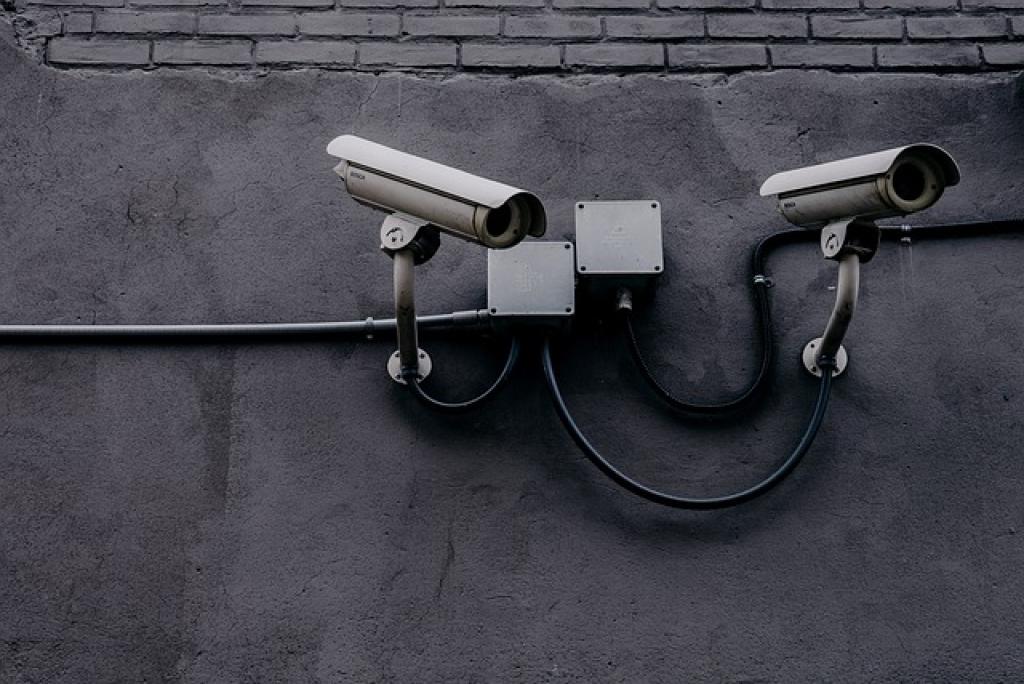
Why Security Should Be Part of Your Emergency Planning
Imagine you’re facing an emergency, and chaos unfolds around you. In such moments, every second counts, and having a comprehensive plan in place can make all the difference. But there’s one critical component that often gets overlooked—security.
Security is not just about protecting physical assets or digital data; it’s about ensuring the safety and resilience of everyone involved. Incorporating security into your emergency planning helps you anticipate threats, prevent incidents, and respond effectively when things go awry.
From cyberattacks to physical threats, the range of security risks is vast, and ignoring them can have dire consequences. By making security an integral part of your preparation, you’re building a robust shield that not only guards your resources but also supports a quicker recovery.
In this post, we’ll explore why security should be at the forefront of your emergency planning and provide practical steps to fortify your strategy, ensuring peace of mind when it matters most.
Understanding the Impact of Security in Emergency Planning
Every emergency scenario comes with its own set of challenges, and understanding the role of security is key. Often, security measures are seen as standalone components, rather than integral elements of a broader emergency framework.
Security isn’t just about locking doors or installing alarms. It encompasses risk assessment, crisis communication, and asset protection, all essential in reducing vulnerabilities.
Identifying Security Gaps
Many organizations focus on operational continuity but undermine security-specific threats. Identifying security gaps allows for targeted improvements to bolster resilience against both expected and unforeseen emergencies.
Security assessments, much like fire drills or evacuation plans, ensure everyone knows their role when a crisis hits. These preparedness measures enhance response efficiency, mitigate risks, and minimize potential damage.
Integrating Security Protocols
Integrating security protocols into emergency planning is crucial to ensure seamless operations during a crisis. Effective integration involves collaboration between departments to align security measures with overall emergency strategies.
By making these proactive adjustments, you not only protect physical and digital assets but also enhance trust and confidence among stakeholders, ensuring a safer environment for everyone involved.
Key Elements to Include for Comprehensive Security Planning
Creating a robust security framework as part of your emergency planning requires attention to several key elements. These components form the backbone of a resilient and effective strategy.
Risk Assessment and Analysis
Begin with a thorough risk assessment to identify potential threats specific to your environment. Analyze vulnerabilities related to both physical and digital assets, and prioritize them based on their potential impact.
Develop scenarios based on these risks, and construct responses that address each one. This proactive approach helps in anticipating challenges before they arise.
Communication Strategies
Effective communication is critical during emergencies. Establish clear communication protocols to ensure information flows seamlessly between team members and stakeholders. This includes defining roles and designating spokespersons to manage both internal updates and external communication.
Ensure that everyone knows the communication channels and protocols to be used during a crisis to avoid confusion and misinformation.
Training and Drills
Regular training sessions and drills are fundamental to maintaining readiness. These practices ensure that all team members understand the security measures and can execute them appropriately when needed.
Engage in regular reviews and updates of your security plan to adapt to new threats and evolving circumstances. By staying prepared and informed, you safeguard your organization and enhance its emergency response capabilities.
Integrating Security Measures with Emergency Response Strategies
The seamless integration of security measures with emergency response strategies is pivotal in safeguarding resources and ensuring a coordinated approach during crises. A unified response minimizes chaos and enhances the efficiency of operations.
Coordination and Collaboration
Successful integration begins with fostering coordination and collaboration among departments. Encourage regular meetings where security and emergency preparedness teams can share insights, evaluate existing plans, and identify areas for improvement.
By working together, teams can develop a synchronized response that leverages each department’s strengths, ensuring a comprehensive strategy.
Customized Response Plans
Every organization is unique, and so should be its response plans. Customizing security measures to align with your organization’s specific needs ensures that every potential threat is addressed appropriately.
Identify key personnel within each team who can spearhead security efforts in the event of an emergency. Create response plans that are adaptable, allowing for quick adjustments as situations evolve.
Continuous Improvement
Integrating security measures with emergency strategies is not a one-time task. Regular evaluations and updates of your plans are essential to ensure ongoing effectiveness. Conduct debriefs after drills and actual incidents to gather insights and make necessary changes.
By maintaining a continuous improvement mindset, you foster a resilient and adaptive strategy capable of facing any challenge that arises.
Common Security Threats to Consider in Emergency Scenarios
When planning for emergencies, understanding the various security threats you might face is critical. These threats can be diverse, impacting both physical and digital environments, and each requires a tailored approach.
Cybersecurity Vulnerabilities
In our increasingly digital world, cybersecurity threats are among the most significant risks during emergencies. Cyberattacks can target sensitive information, disrupt operations, and exploit vulnerabilities in systems already under stress.
Efforts to fortify cybersecurity measures should include regular system updates, employee awareness programs, and robust data protection protocols to safeguard against potential breaches.
Physical Security Breaches
Crises can create opportunities for physical security breaches, as chaos and reduced oversight make assets more vulnerable. This risk can include unauthorized access to facilities, theft, and vandalism.
To combat this, ensure that physical security systems are in place and operational. Promote vigilance among staff and provide training on identifying and responding to suspicious activities.
Social Engineering Attacks
Social engineering attacks, where individuals are manipulated into compromising security, can spike during emergencies. Attackers take advantage of heightened emotions and confusion to gain unauthorized access or sensitive information.
Encourage staff to remain cautious, verify communications, and follow established procedures to mitigate the risk of successful social engineering attacks. By making security awareness a part of your culture, you strengthen resilience across all scenarios.
Effective Communication Protocols for Security During Emergencies
Communication is the backbone of any successful emergency response, especially when it comes to security. Establishing effective communication protocols ensures that everyone remains informed, coordinated, and ready to act.
Begin by clearly defining communication channels. Whether it’s through emails, messaging apps, or public address systems, everyone should know the primary methods for receiving updates and instructions. Continuity is key, so having backups for each channel is essential in case one fails.
Next, designate specific roles for managing communication efforts. Having a few select individuals responsible for disseminating information helps maintain consistency and reduces miscommunication. These individuals should be well-trained in crisis communication and empowered to make quick decisions.
It’s crucial to ensure that messages are clear and precise to avoid confusion. Use simple language, provide actionable instructions, and verify that messages are received and understood. Regularly test these protocols through drills to identify potential shortcomings and improve efficiency.
Additionally, maintaining transparency is vital. Keep stakeholders informed about the situation as it unfolds, addressing concerns openly to build trust and cooperation. Effective communication reduces anxiety, streamlines response efforts, and ultimately enhances the overall security posture during emergencies.
The Bottom Line: Ensuring Security Enhances Emergency Preparedness
Incorporating security into your emergency planning isn’t just a smart choice—it’s essential. When emergencies strike, the strength of your security measures can significantly impact your ability to respond effectively and recover swiftly. By prioritizing security within your emergency strategies, you not only protect your resources but also ensure the safety and well-being of everyone involved.
Begin by understanding the specific risks you face and tailor your security measures to these unique threats. Remember, it’s not just about installing locks or firewalls; it’s about creating a comprehensive approach that includes risk assessments, communication protocols, and regular training.
Effective communication should remain at the core of this strategy. Clear, precise, and open lines of communication can drastically reduce confusion, ensuring everyone knows their role and responsibilities during a crisis.
Furthermore, adapting continually to new challenges and threats helps keep your security measures relevant and robust. Regular evaluations and updates to your emergency plans ensure they align with the latest standards and technologies, enhancing your preparedness at every turn.
Ultimately, integrating security into your emergency preparedness strategy not only fortifies your defenses but also fosters a culture of vigilance and resilience. With security as a vital component, you’ll be equipped to navigate emergencies with confidence, securing a safer future for your organization and its stakeholders. Whether you’re facing a natural disaster, a cyberattack, or a physical breach, having a well-developed plan that prioritizes security will help you weather any storm.


